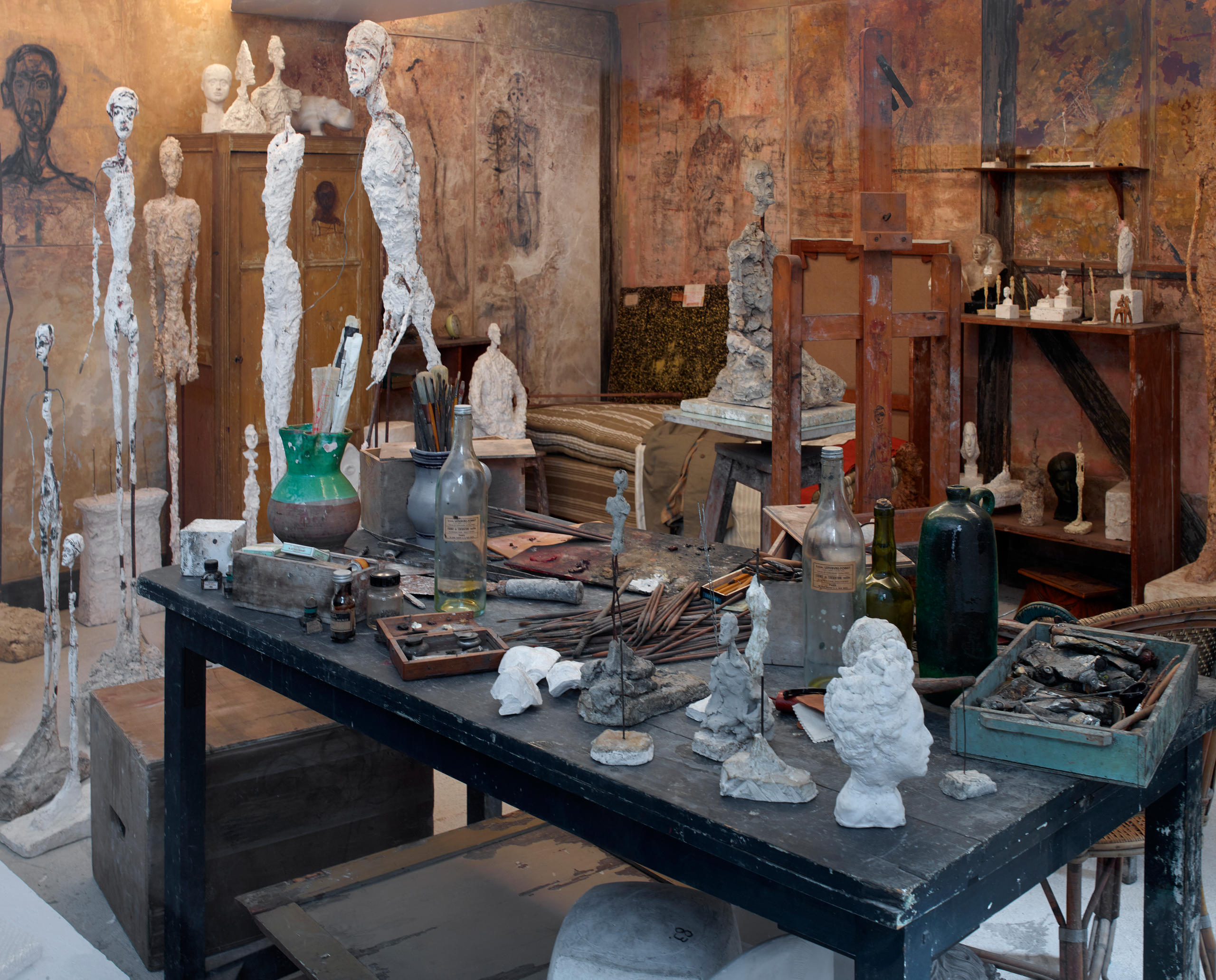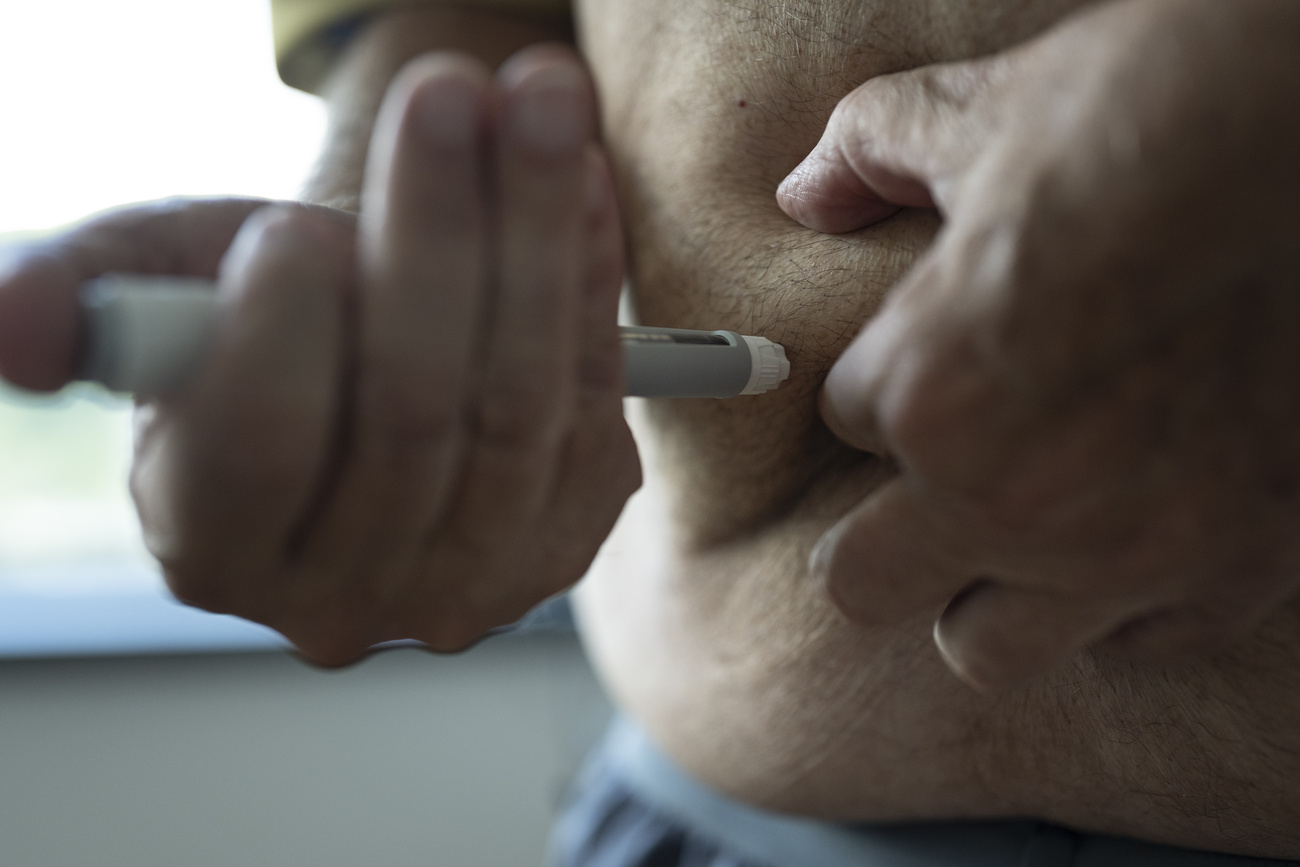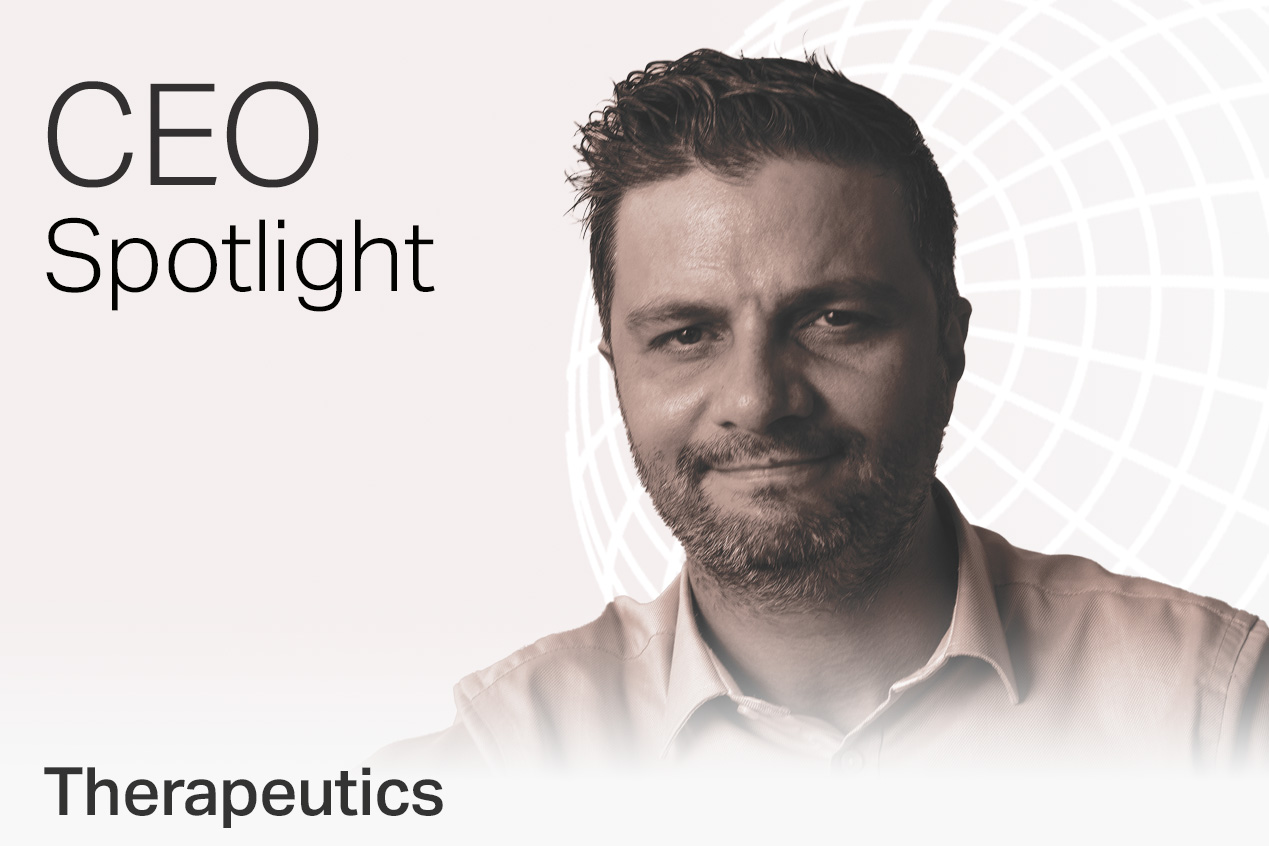
Factbox-What do we know about the deadly attack at the concert hall near Moscow?
By Guy Faulconbridge, Felix Light and Lucy Papachristou
MOSCOW (Reuters) – Armed men burst into the Crocus City Hall concert venue near Moscow on Friday, killing at least 139 people and wounding 182 in the deadliest attack in Russia since the 2004 Beslan school siege.
What do we know about the attack?
THE ATTACK
The four men, armed with Kalashnikov automatic weapons, arrived at the Crocus City Hall at around 6:54 p.m. (1554 GMT). They began shooting at 7:58 p.m., according to investigators.
The men walked calmly towards the metal detectors at Crocus City Hall, firing their automatic weapons point-blank in short bursts at terrified civilians who fell screaming in a hail off bullets.
Verified video showed people rushing for the exits as repeated gunfire echoed above screams. The attackers walked through the concert hall aiming and then firing at civilians.
The attackers used Kalashnikov “AK-74” automatic weapons, investigators said. More than 500 rounds were found at the scene.
Russian investigators said the men began to set fire to the building with gasoline. At 8:11 p.m. they left the building and as they sped out of the car park, they hit a family with two young children.
Crocus City Hall has seats for 6,200 people. The Scorpions, Elton John and Vanessa Mae have performed there. In 2013, Donald Trump attended the “Miss Universe” pageant at the hall.
RESPONSIBILITY
Islamic State, the militant group that once sought control over swathes of Iraq and Syria, claimed responsibility for the attack, the group’s Amaq agency said on Telegram about four hours after the shooting began.
On Saturday, Islamic State released footage of the attack. Reuters was able to confirm the location from the design on the walls and floor which matched other videos showing the scene of the attack and file images of the location.
The United States has intelligence confirming Islamic State’s claim of responsibility for a deadly shooting at a concert near Moscow, two U.S. officials said on Friday.
U.S. National Security Council spokesperson Adrienne Watson said Washington earlier this month shared intelligence with Russia about a planned attack in Moscow.
That intelligence prompted the U.S. embassy in Moscow to issue a warning that “extremists” had imminent plans for an attack in Moscow.
Hours before the embassy warning, the Federal Security Service (FSB) said it had foiled an attack on a Moscow synagogue by Islamic State’s affiliate in Afghanistan, which is known as ISIS-Khorasan or ISIS-K and seeks a caliphate across Afghanistan, Pakistan, Turkmenistan, Tajikistan, Uzbekistan and Iran.
Russian officials have cast doubt on assertions by the United States that Islamic State was responsible.
WHAT HAS RUSSIA SAID?
Russian President Vladimir Putin said in an address to the nation that the four attackers were heading towards Ukraine when they were detained, and that they hoped to cross the border.
At meeting on Monday, Putin said radical Islamists carried out the attack but said Moscow had seen how Washington was trying to convince the world that Islamic State was responsible and questioned why.
“We know that the crime was carried out by the hand of radical Islamists with an ideology that the Muslim world has fought for centuries,” Putin said. “We want to know who ordered it.”
Putin said the purpose of the attack was to “sow panic”. But as Russian forces were advancing through the Ukraine war theatre, he said, it could also be intended to “show their own population that not all is lost for the Kyiv regime”.
WHY NOW?
It is not clear.
Putin changed the course of the Syrian civil war by intervening in 2015, supporting President Bashar al-Assad against the opposition and Islamic State.
Russia, along with the United States and Syrian forces, played a major role in defeating Islamic State in Syria. Driven out of Syria, its fighters scattered and different branches emerged, including ISIS-Khorasan.
THE ATTACKERS
Russia’s FSB said it had detained 11 people including the four men who directly carried out the attack.
The FSB said the four gunmen had sought to escape in a car and been detained in the Bryansk region, about 340 km (210 miles) southwest of Moscow, attempting to get to the border with Ukraine.
– Dalerjon Mirzoyev, a Tajik, was shown being remanded in custody on terrorism charges on Sunday. He leaned against the glass cage in court.
– Rachabali Saidakrami Murodali, his right ear bandaged, was shown sitting in a glass cage in court.
– Mukhammadsobir Faizov, sitting in hospital robes, was shown sitting in a medical chair.
– Shamsiddin Fariduni was shown with his face bruised in the glass cage.
– The other seven have not been seen in public.
The Investigation Committee said all four had admitted their guilt and that three others had been detained as accomplices.
Some of the suspects were shown on Saturday being brutally interrogated on the side of the road in footage published by Russian media and Telegram channels with close ties to the Kremlin.





























